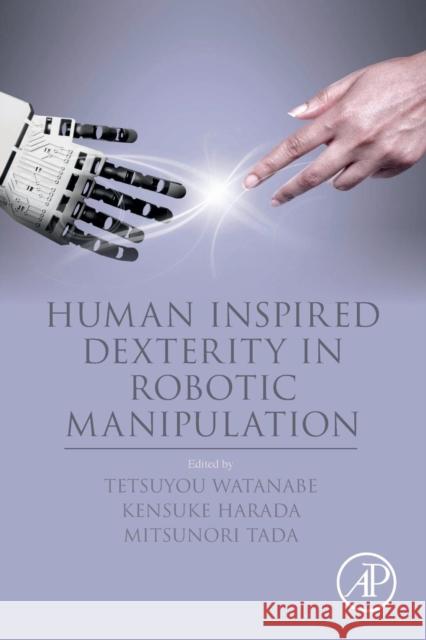Human Inspired Dexterity in Robotic Manipulation » książka
topmenu
Human Inspired Dexterity in Robotic Manipulation
ISBN-13: 9780128133859 / Angielski / Miękka / 2018 / 218 str.
Kategorie:
Kategorie BISAC:
Wydawca:
Academic Press
Język:
Angielski
ISBN-13:
9780128133859
Rok wydania:
2018
Ilość stron:
218
Waga:
0.34 kg
Wymiary:
22.61 x 15.24 x 2.03
Oprawa:
Miękka
Wolumenów:
01
Dodatkowe informacje:
Bibliografia











